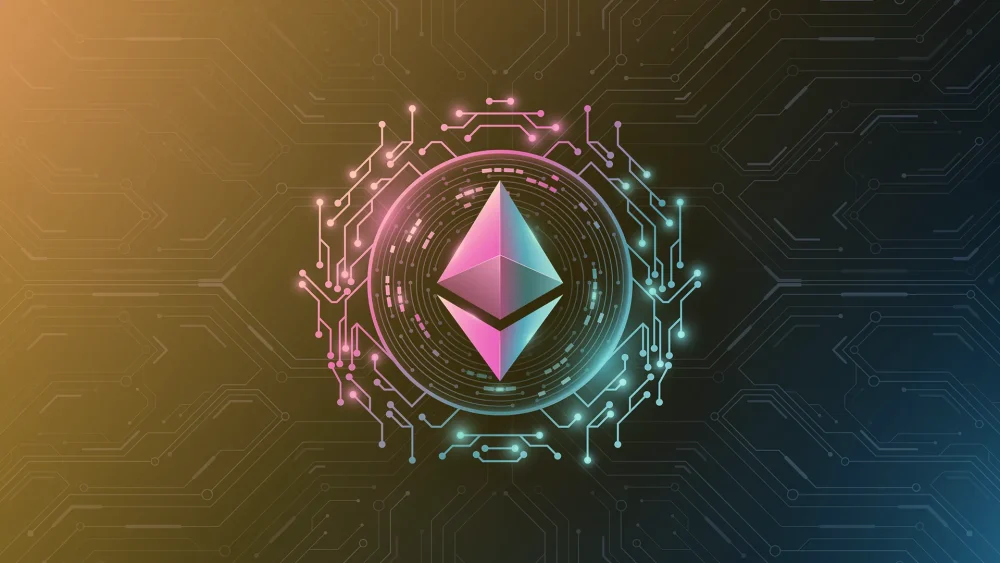Introduction: Beyond Bitcoin’s Shadow
When Bitcoin burst onto the scene in 2009, it set in motion a radical rethinking of what money could be—digital, decentralized, and free from the grip of central banks. Yet even as Bitcoin captured headlines, a new idea quietly emerged that would expand blockchain’s promise far beyond peer-to-peer cash. In 2015, a young programmer named Vitalik Buterin introduced Ethereum—a platform that didn’t just move money but enabled the creation of decentralized applications that could run exactly as programmed, without downtime, censorship, or third-party interference. If Bitcoin is digital gold, Ethereum is a decentralized supercomputer—an open-source foundation for an entirely new internet.
What Makes Ethereum Different?
While Bitcoin was designed to do one thing exceptionally well—securely transfer value—Ethereum’s genius lies in its flexibility. It introduced smart contracts: self-executing agreements written in code that automatically carry out instructions when certain conditions are met. This breakthrough turned a blockchain from a simple ledger into a programmable platform.
Core features that set Ethereum apart include:
-
Smart Contracts: Autonomous programs that eliminate the need for middlemen, enabling trustless transactions.
-
Ethereum Virtual Machine (EVM): A global computing network that processes smart contracts consistently across all nodes.
-
Ether (ETH): The network’s native cryptocurrency, used to pay for computational work and transaction fees (known as “gas”).
-
Open Source and Permissionless: Anyone can build on Ethereum without needing approval from a central authority.
Smart Contracts: The Building Blocks of Decentralized Innovation
Smart contracts are the heart of Ethereum’s transformative power. By embedding logic directly into blockchain transactions, developers can build applications that operate exactly as coded. The implications are immense—agreements that once required legal paperwork, banks, or brokers can now be automated and executed without human oversight.
Smart contracts underpin some of Ethereum’s most influential applications:
-
Decentralized Finance (DeFi): Lending, borrowing, trading, and earning interest without banks or intermediaries.
-
Non-Fungible Tokens (NFTs): Unique digital assets that prove ownership of art, collectibles, and virtual goods.
-
Decentralized Autonomous Organizations (DAOs): Internet-native organizations governed by code and community voting rather than executives in corner offices.
The Rise of DeFi: Finance Without Gatekeepers
No sector illustrates Ethereum’s disruptive potential better than decentralized finance. DeFi protocols replicate traditional financial services—loans, insurance, exchanges—but run entirely on smart contracts. Users can lock up crypto assets in liquidity pools, earn yields, or borrow against their holdings—all without submitting paperwork or waiting for bank approval.
DeFi’s appeal is clear:
-
Accessibility: Anyone with an internet connection can participate.
-
Transparency: All transactions are publicly verifiable on the blockchain.
-
Interoperability: DeFi apps can interact seamlessly, stacking services like building blocks.
Yet DeFi is not without risk. Bugs in smart contract code, sudden market swings, and sophisticated exploits have led to significant losses for unwary investors. This experimental frontier demands both technical vigilance and prudent risk management.
NFTs: Redefining Digital Ownership
Ethereum also ignited the explosion of NFTs, which transformed how creators, collectors, and artists interact with digital content. From digital art to in-game items, NFTs prove authenticity and provenance in a world where copying a file is effortless. Artists can sell work directly to global audiences, embed royalties into the code, and receive payment every time a piece resells.
The NFT boom has faced backlash—accusations of hype, speculation, and environmental impact—but the underlying concept is profound: for the first time, digital items can be scarce, ownable, and tradeable on a public ledger.
Scalability and Sustainability: Ethereum’s Growing Pains
Ethereum’s explosive growth has not come without challenges. The same openness that makes it powerful also makes it congested. Every transaction and smart contract execution competes for limited block space, pushing gas fees to levels that price out smaller users during times of network frenzy.
To address this, Ethereum has embarked on an ambitious upgrade: the transition to Ethereum 2.0. This multi-phase transformation aims to:
-
Switch to Proof of Stake (PoS): A consensus mechanism that replaces energy-hungry mining with staking, dramatically reducing the network’s carbon footprint.
-
Introduce Sharding: Breaking the blockchain into smaller pieces to process transactions in parallel, boosting throughput and lowering costs.
-
Enhance Security: Improved incentives and economic penalties make attacks prohibitively costly.
Ethereum successfully completed “The Merge” in 2022, transitioning to PoS—a milestone that slashed energy use by over 99% and proved the community’s ability to execute bold, technically demanding upgrades.
Regulatory and Cultural Impacts: Between Innovation and Scrutiny
As Ethereum reshapes industries, it also attracts scrutiny from regulators wrestling with how to classify decentralized assets and applications. Are DeFi tokens securities? Should DAOs be taxed or licensed? How can consumer protections be enforced in a system designed to operate without intermediaries?
These questions cut to the heart of Ethereum’s mission: a decentralized world that challenges traditional power structures. In many ways, Ethereum is a philosophical experiment as much as a technological one—a bet that code, incentives, and community governance can accomplish what centralized systems often fail to deliver.
What Lies Ahead for Ethereum?
Ethereum’s story is still being written. Competitors like Solana, Polkadot, and Avalanche aim to capture parts of its market by offering faster speeds and lower fees. Yet Ethereum’s vast developer community, first-mover advantage, and relentless upgrade roadmap give it a formidable edge.
In the coming years, expect Ethereum to expand through:
-
Layer 2 Solutions: Technologies like rollups and sidechains that bundle transactions off-chain to ease the burden on the main network.
-
Mainstream Adoption: Growing corporate interest, integration with traditional finance, and new applications that reach everyday users.
-
Evolving Governance: Experiments with DAOs and community proposals that test how a decentralized network can adapt democratically.
Conclusion: Ethereum as an Engine of Possibility
Ethereum is not merely a cryptocurrency or a blockchain—it is a living laboratory for a new digital economy. It invites us to imagine an internet where people own their data, exchange value freely, and collaborate through transparent rules encoded in smart contracts. Whether it succeeds in fulfilling its audacious promises will depend not just on code but on people: developers, communities, and everyday users who see beyond speculation to the deeper ideals at stake.
In a world hungry for more open, inclusive systems, Ethereum stands as both a technological marvel and a philosophical challenge—a reminder that what we build on the internet reflects not just our technical skill but our collective vision for how trust, value, and freedom should work in the 21st century.






